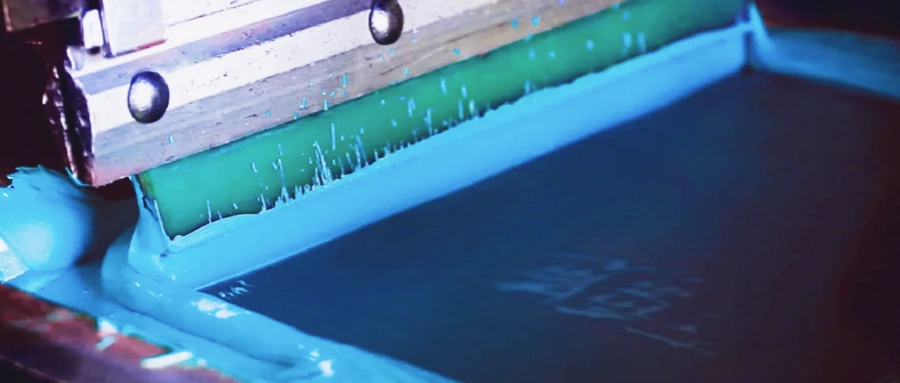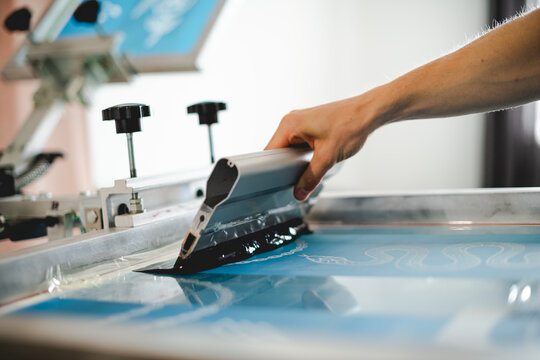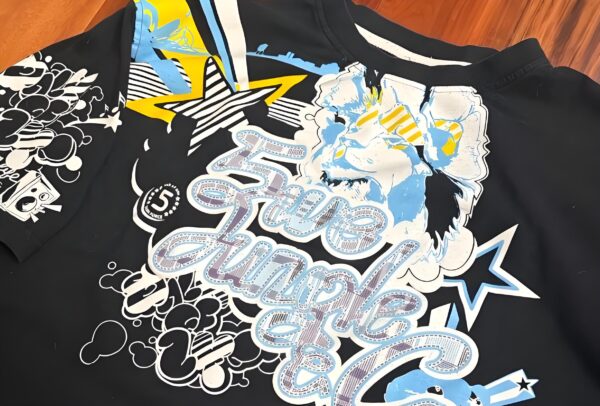Discover 6 effective methods using SHALITEINK plastisol ink remover to clean surfaces and fabrics. Learn how to remove plastisol ink with ease!
What Dissolves Plastisol? Top Solutions Revealed
When it comes to removing plastisol ink, the first question that arises is: what dissolves plastisol? Plastisol ink is a PVC-based ink that cures into a durable, waterproof finish, making it challenging to remove. However, a high-quality SHALITEINK plastisol ink remover is the ultimate solution. These removers are specifically designed to break down the ink’s chemical structure, making it easier to clean. Additionally, solvents like methylene chloride, toluene, and xylene are highly effective. For those seeking eco-friendly options, citrus-based solvents can also work, though they may require more effort. Always test your chosen SHALITEINK plastisol ink remover on a small area first to ensure compatibility.
What is the Solvent for Plastisol Ink? Key Ingredients to Know
If you’re wondering what the best solvent for plastisol ink is, the answer lies in the composition of a SHALITEINK plastisol ink remover. These products typically contain powerful chemicals like methylene chloride, which penetrates the ink’s surface, or toluene, known for dissolving PVC-based materials. Xylene is another common ingredient that softens cured plastisol ink effectively. For less aggressive options, acetone or mineral spirits can be used, though they may not be as efficient. When using a SHALITEINK plastisol ink remover, always prioritize safety by wearing gloves and working in a well-ventilated area. These solvents are not only effective but also ensure your screens and fabrics remain undamaged.
What Dissolves Printing Ink? Methods to Try
Printing ink, especially plastisol, can be stubborn, but there are several methods to dissolve it effectively. A SHALITEINK plastisol ink remover is the most reliable option, as it targets the ink’s PVC and plasticizer components. For DIY enthusiasts, a mixture of acetone and mineral spirits can soften the ink, though it may require multiple applications. Heat is another method—using a heat gun or iron to warm the ink can make it easier to scrape off. However, for consistent results, a dedicated SHALITEINK plastisol ink remover is recommended. Always test your chosen method on a small area to avoid damaging the material.
What Solvent Removes Screen Print Ink? Reliable Options
Screen print ink, particularly plastisol, requires a strong solvent for effective removal. A SHALITEINK plastisol ink remover is the top choice, as it is specifically formulated to break down the ink’s structure. Other options include methylene chloride and toluene, both of which are highly effective but require careful handling. For less aggressive cleaning, acetone can be used, though it may not completely remove cured ink. When using a SHALITEINK plastisol ink remover, apply it with a brush or cloth, let it sit for a few minutes, and then gently scrape or wipe away the ink. Repeat the process if necessary for a thorough clean.

What Dissolves Plastisol? DIY Methods to Consider
If you’re looking for DIY methods to dissolve plastisol ink, there are a couple of options to consider. First, heat can soften the ink, making it easier to scrape off. Use a heat gun or iron to warm the ink, then gently remove it with a scraper. Second, a mixture of acetone and mineral spirits can sometimes break down the ink, though it may require multiple applications. However, for guaranteed results, nothing beats a SHALITEINK plastisol ink remover. These products are designed specifically to handle plastisol ink with ease, saving you time and frustration.
Will Acetone Remove Screen Print? Key Consideration
Acetone is a common solvent used for removing various types of ink, but can it remove screen print ink? While acetone can soften plastisol ink, it is not always the most effective solution. It often requires a lot of scrubbing and may not completely remove the cured ink. For the best results, a SHALITEINK plastisol ink remover is highly recommended. These removers are designed to break down plastisol ink, making removal quicker and more efficient. If you do decide to use acetone, always test it on a small area first to ensure it doesn’t damage the material.
How to Safely Use SHALITEINK Plastisol Ink Remover: A Step-by-Step Guide
Using a SHALITEINK plastisol ink remover can make your cleaning process a breeze, but there are a few safety steps you should follow to ensure the best results:
- Work in a well-ventilated area to avoid inhaling fumes.
- Always wear protective gear, such as gloves, masks, and goggles, to protect yourself from harmful chemicals.
- Read and follow the manufacturer’s instructions for optimal results.
- Test the remover on an inconspicuous area first to make sure it’s compatible with the material.
- Properly dispose of used solvents and ink residue in accordance with local regulations to minimize environmental impact.
Conclusion
Removing plastisol ink doesn’t need to be a headache. With the right methods and products, you can get clean, professional results. A high-quality SHALITEINK plastisol ink remover is your best bet for breaking down and removing stubborn plastisol ink from fabrics, screens, and other surfaces. Whether you’re a professional screen printer or a DIY enthusiast, investing in a reliable SHALITEINK plastisol ink remover will save you time and effort. Always prioritize safety, follow the manufacturer’s guidelines, and you’ll have your materials clean and ready for your next project in no time.










